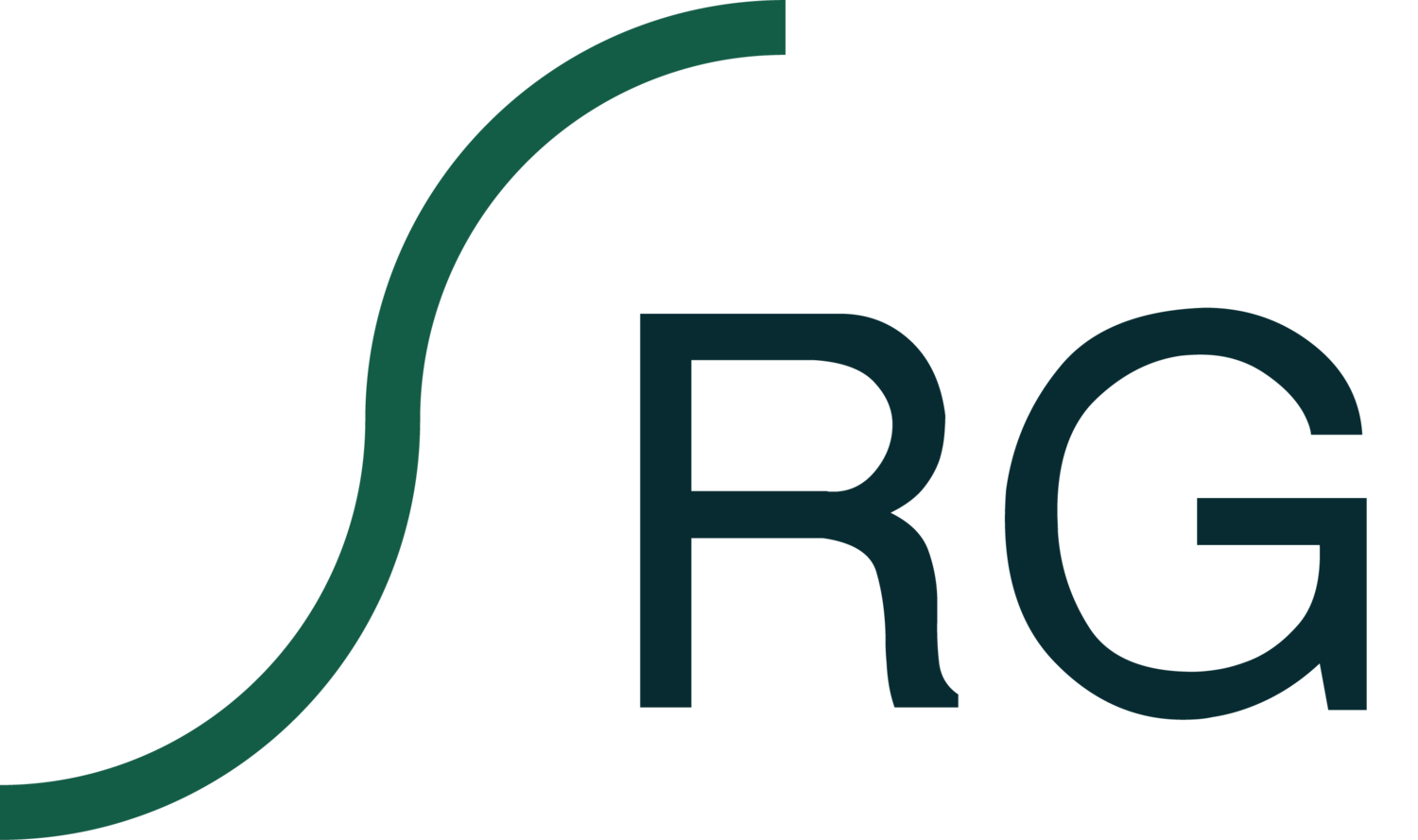Manage More By Doing Less
August 15, 1977
Beginning
The purpose of this paper is to provide an early example of my management thinking and methods to a team about the work we do together to improve the service we provide in the communities we serve. This “mental model” helped us work together as a front line team in the broader Michigan Bell Telephone and AT&T Bell System which we were an essential part of. At the end is a verbatim quote from the book Raymond O. Loen, “Manage More By Doing Less”, the Foreword written by the Chairman of General Mills. I have adapted his writing to create a mental model that I share with you in my own words, to reflect how I hope to manage as we work together towards a common purpose of serving the people and communities we do business in.
A MENTAL MODEL OF HOW I THINK AND MANAGE
We will travel a road together to the future and there will be fires along the way. We’ve had bottom quartile results because of many factors, but you are not the cause of the poor results. By comparison, I think that together you and I will be the cause of improved results. If this is to become true, we will work together to make it so. A common phrase, “If you don’t know where you’re going, any road will take you there” will not apply, we’ll chart a course together.
With your knowledge and experience, we’ll develop action plans, to create our roadmap to improved results. Our business is too complex, and our customer needs too critical to drift on circumstance, guesses, hunches, and chance. Executives have a need to connect to the middle and lower levels of management, and that includes me as the connection to your work and the realities you face while you provide valued service every day.
I will never ask you to do anything unsafe, illegal, or against the company code of conduct. We have all worked together at some point and hopefully, you think I was a good doer, as I think you are. Now, I need to do more planning and managing of the work in our processes and help you succeed. My work is dependent on your work, and the facts that you face every hour of the day. I commit to use management methods that use your knowledge and value your input. You are more knowledgeable in our network systems than I will ever be. You are closer to the work and understand what you are capable of. We will succeed together if you appreciate my efforts to be a responsible steward of our shared success. I think that is my job and trust you will be direct in telling me what obstacles get in the way of that success in your daily work.
Your development is important to me, and part of my responsibility. The technical changes coming in our network are an area of learning and development that may be of concern. Even though you are very knowledgeable and experienced in the technologies we have, I am committed to your individual development in any new technologies you wish to pursue.
I hope that my commitment to you as essential members of the team matches your expectations, and trust as we engage in daily two-way feedback together, we will increase our results for our customers, for our team, our company and our AT&T shareowners.
